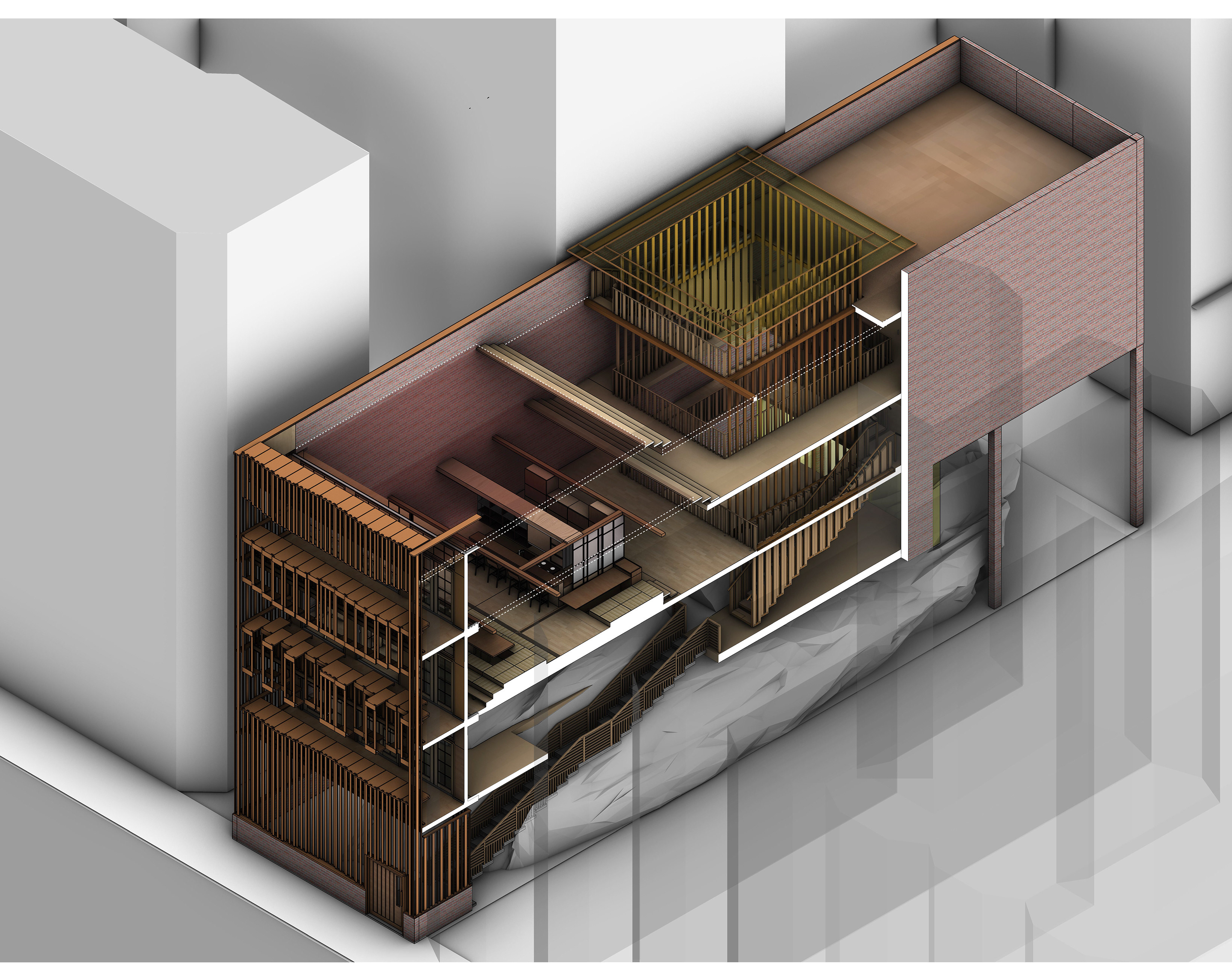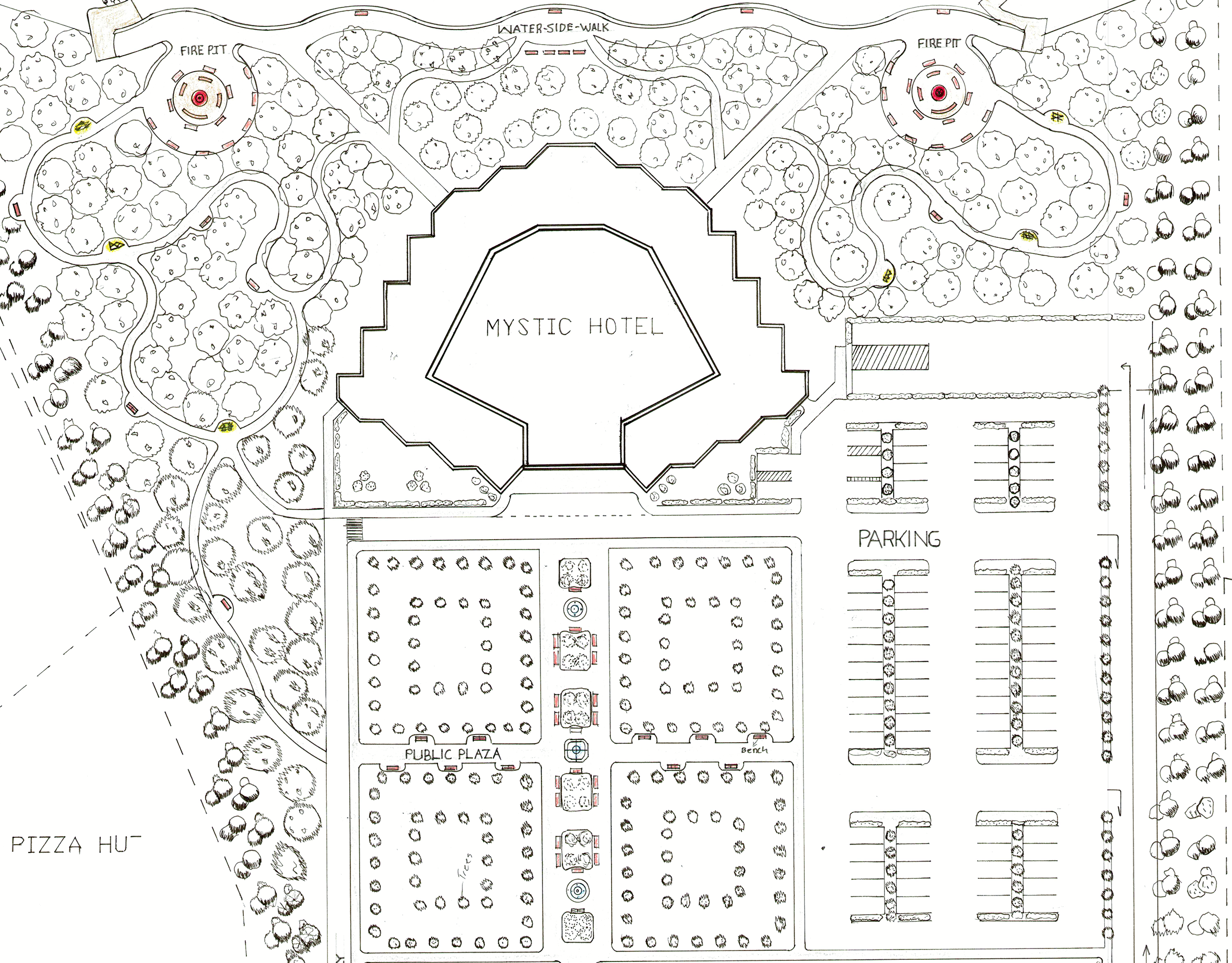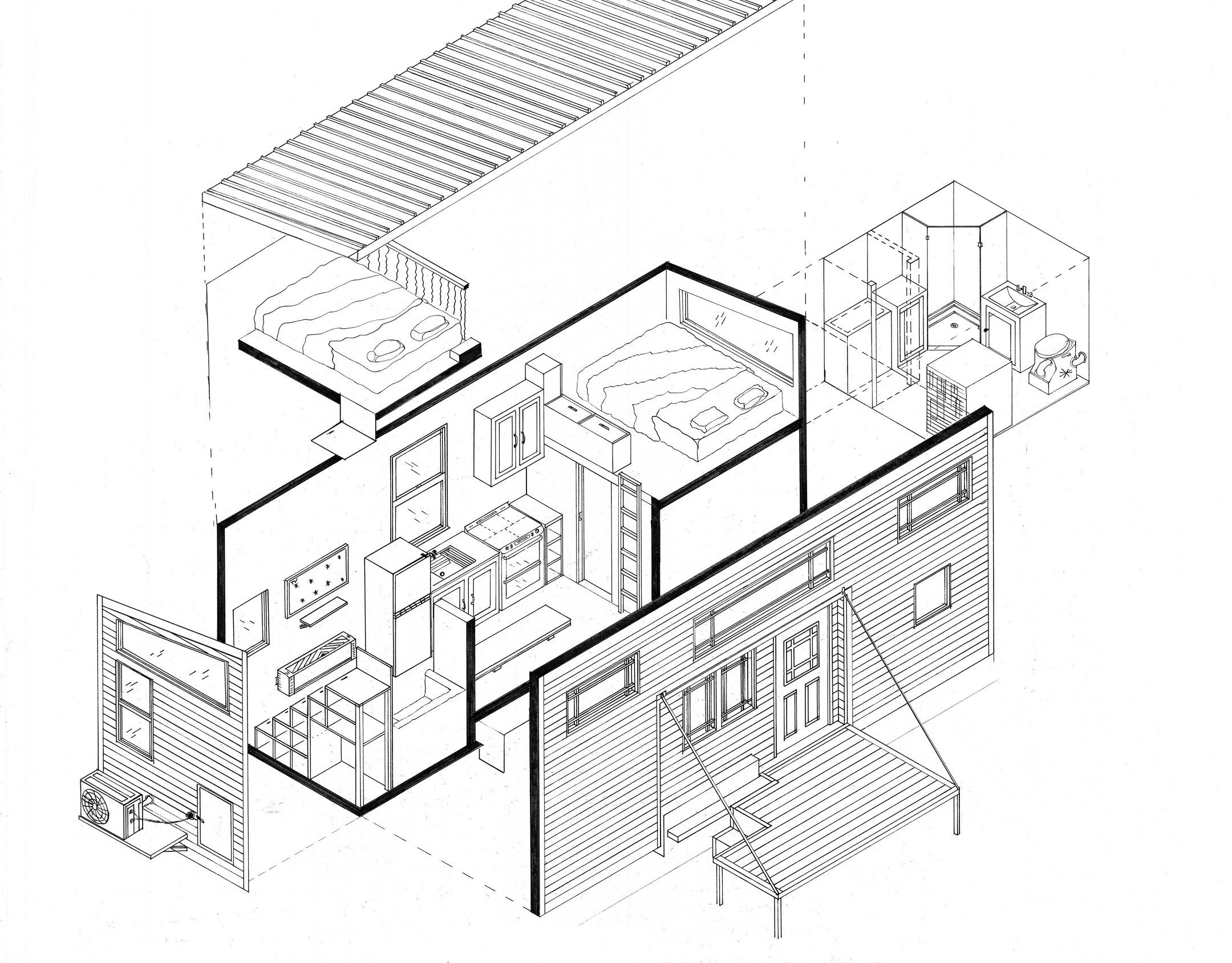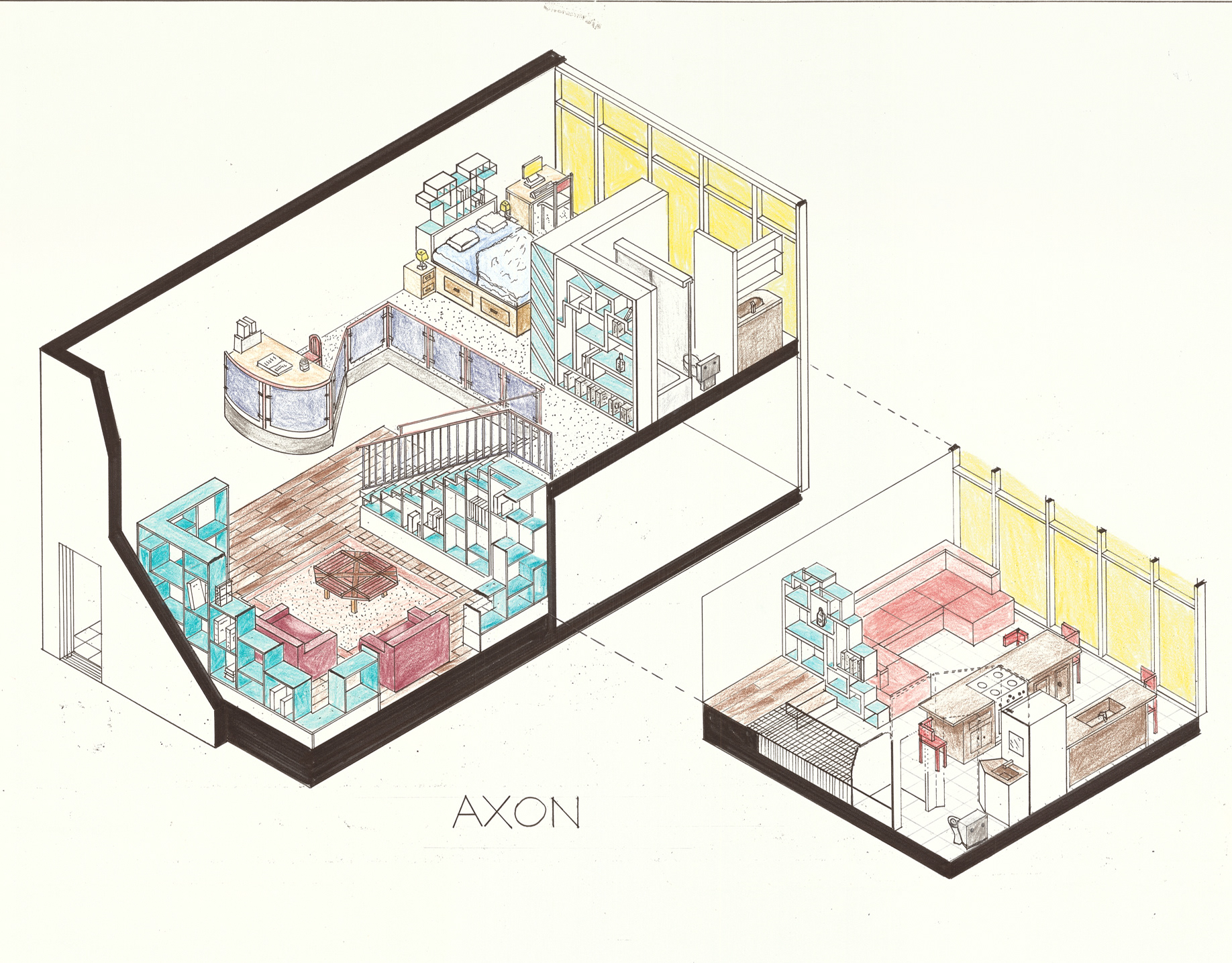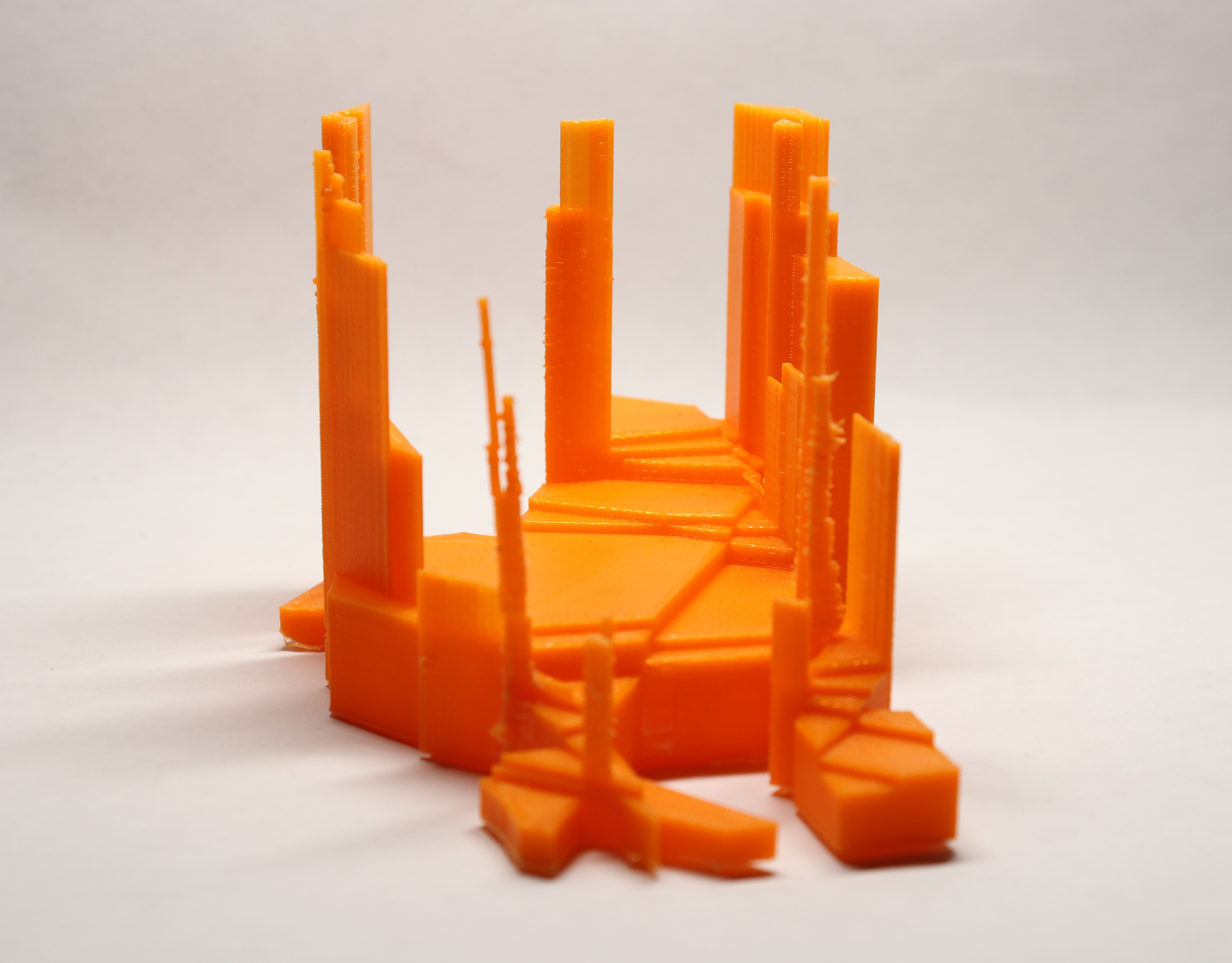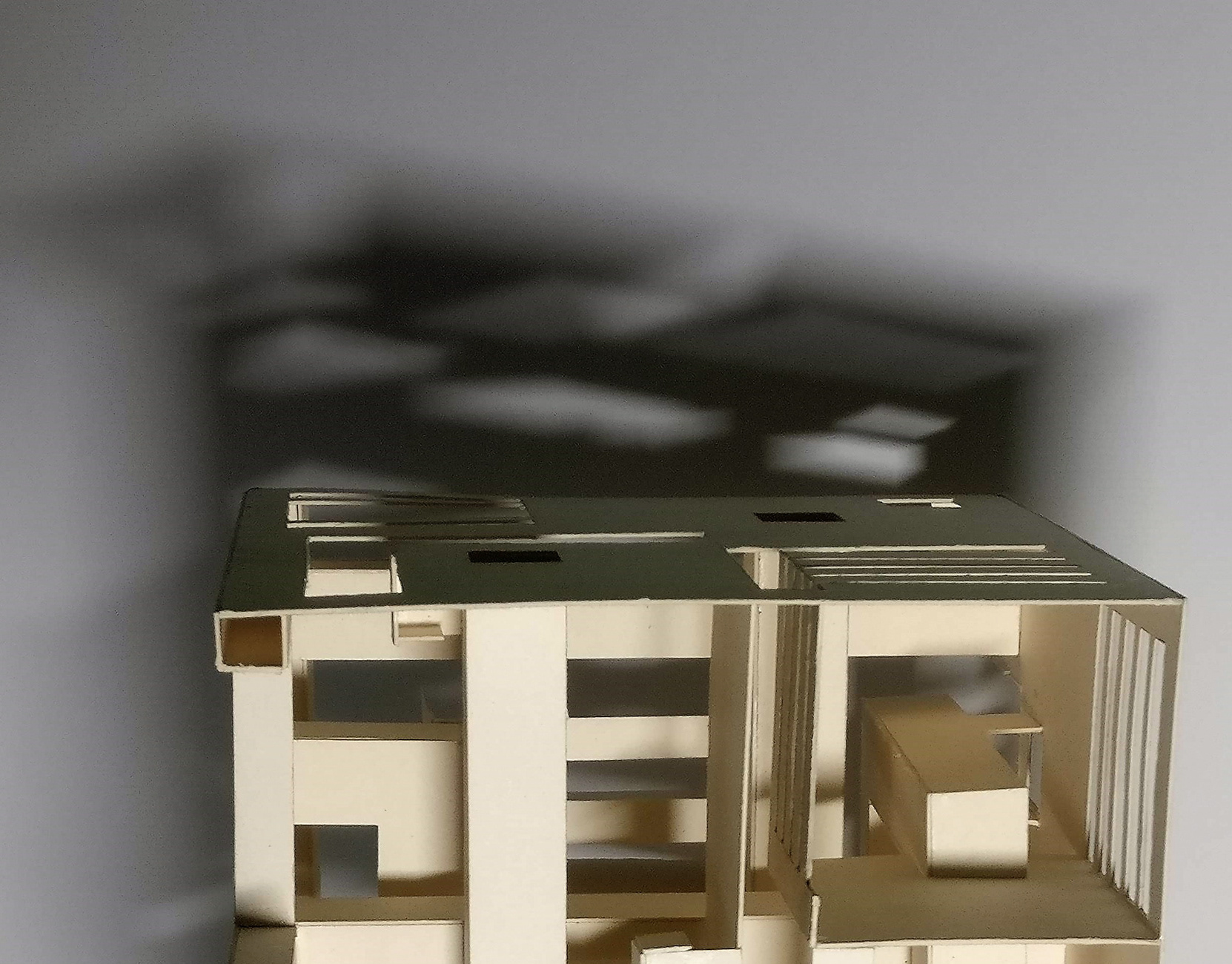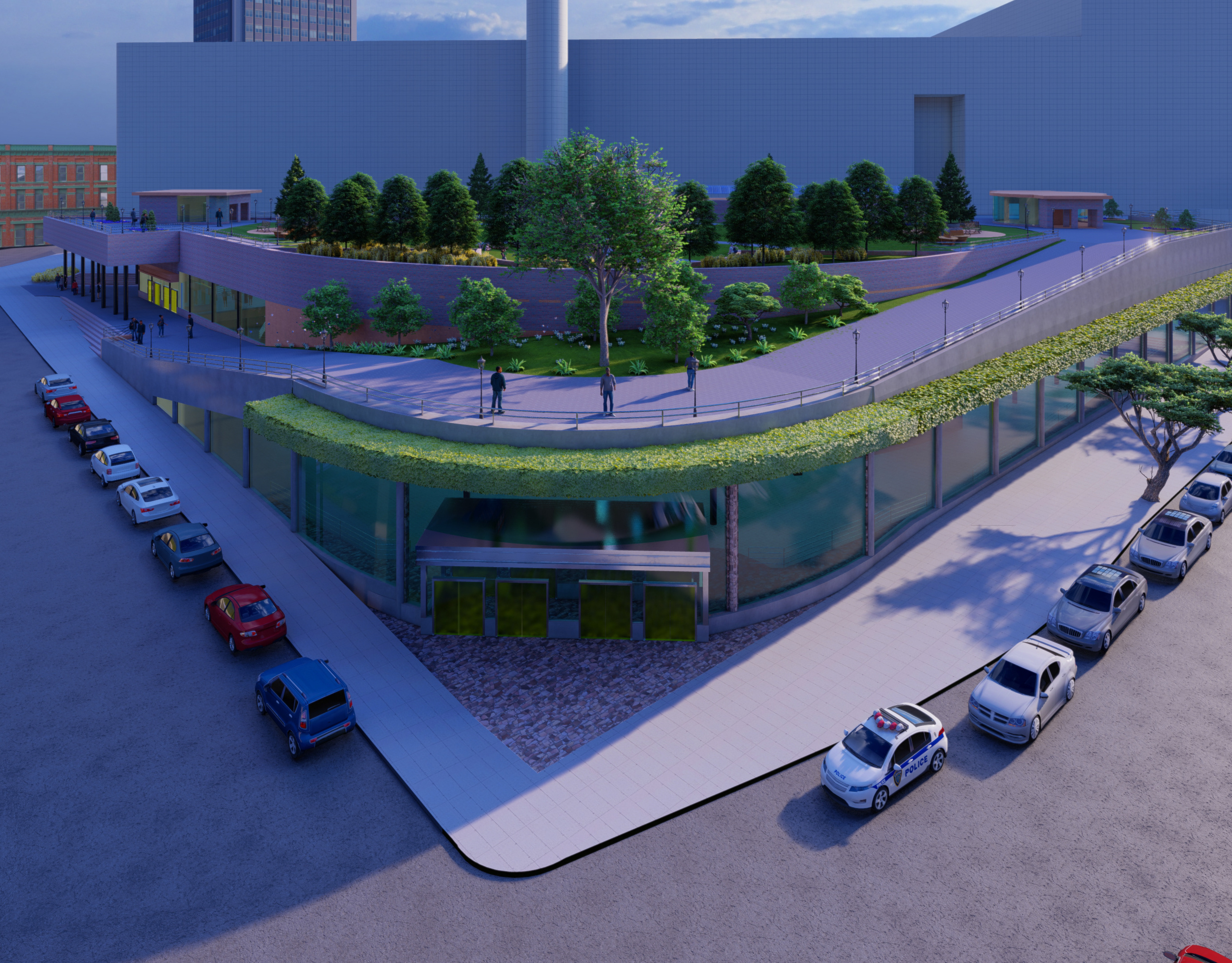Part 1: paul rudolph text
In the first part of this project, after learning about Paul Rudolph I found a few points that resonated with me. I took inspiration from the culmination of his work, and my culture and personal interest in symbolism to establish a hierarchy of spaces through levels to represent the 8th fold paths of Buddhisms. The end goal is to produce meaningful architecture that heals the human body and brings peace to the mind.
Inspiration from Paul Rudolph
“Every man wants to belong to a "place"; he wants to believe
that he is in the most wonderful spot on earth and he takes
pride in how and where he spends his time on this earth
appropriate and human architecture.”
“Every man wants to belong to a "place"; he wants to believe
that he is in the most wonderful spot on earth and he takes
pride in how and where he spends his time on this earth
appropriate and human architecture.”
Plans of levels
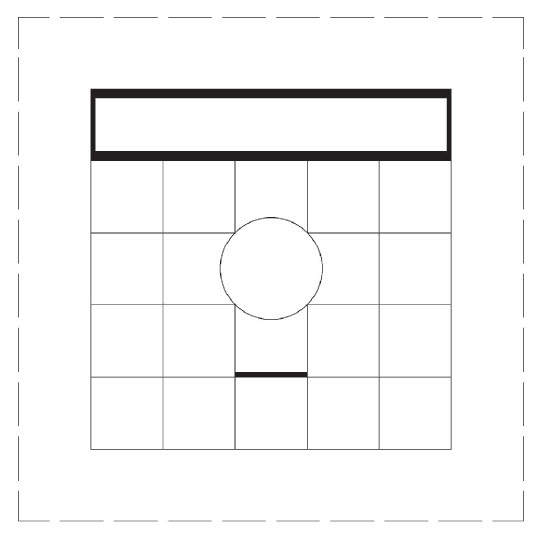

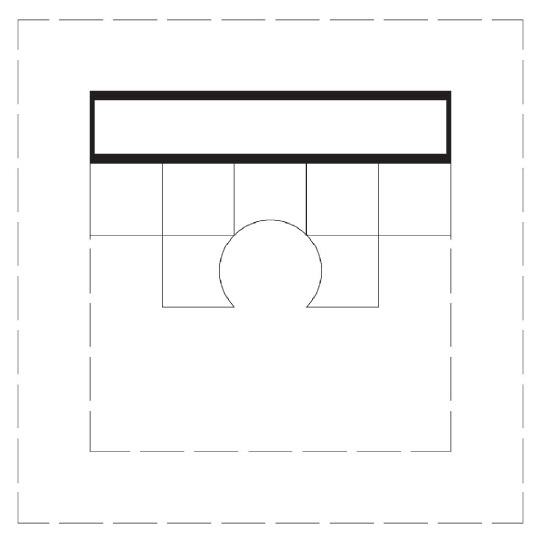

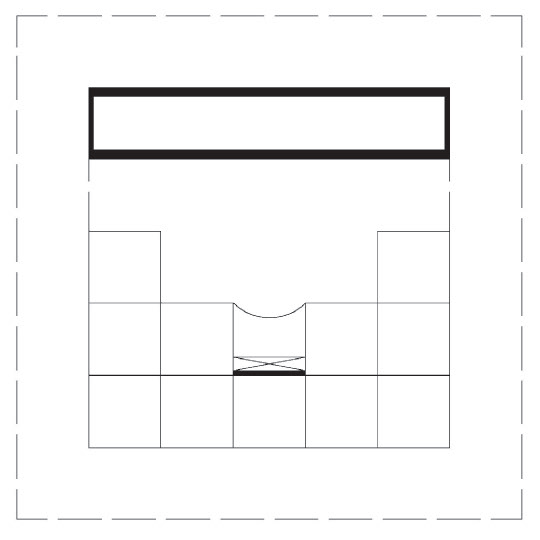
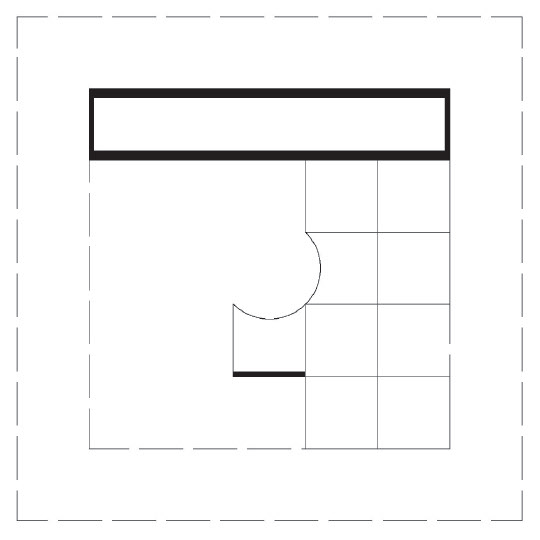
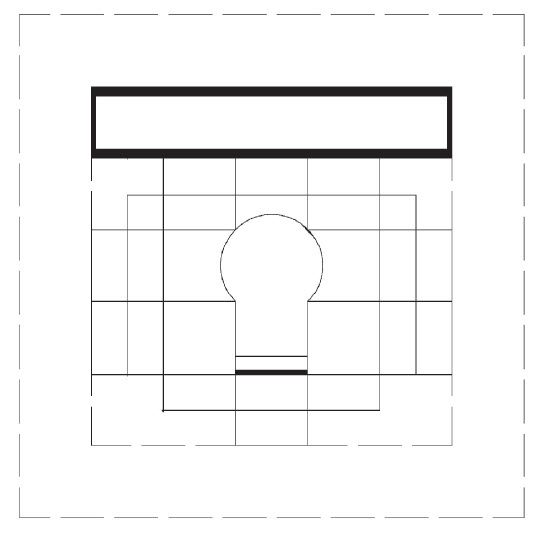
Iteration #1


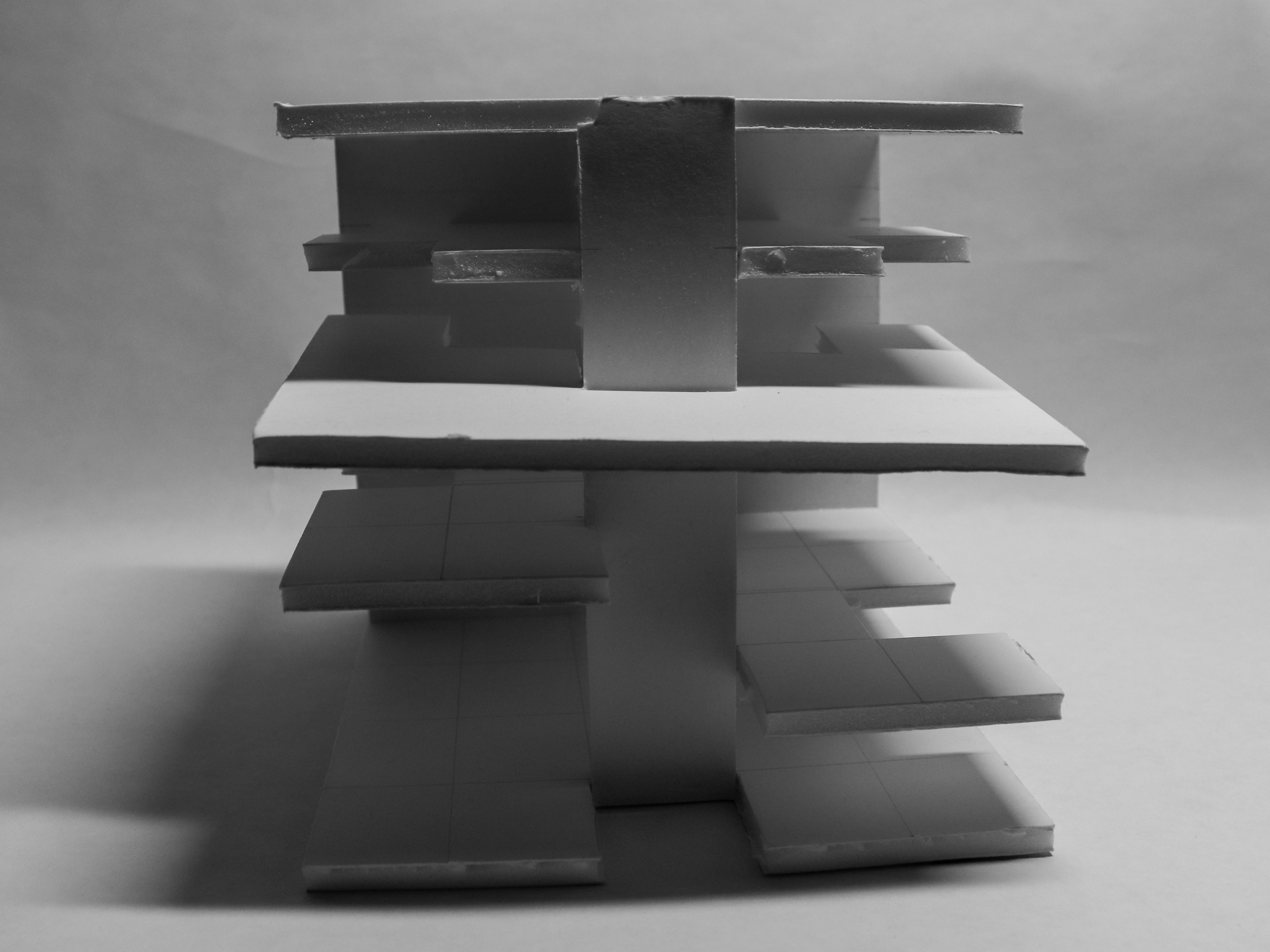

Iteration #2
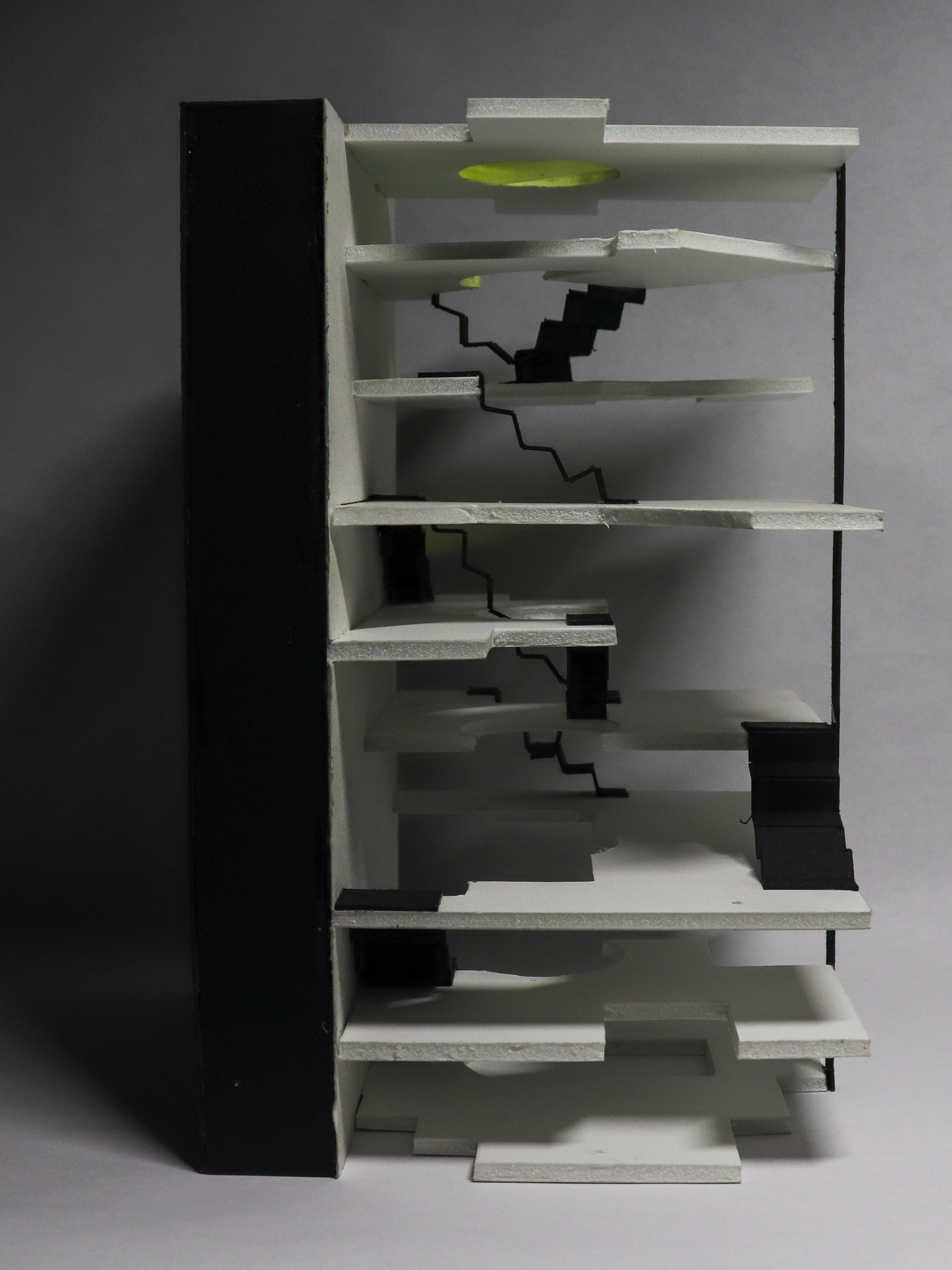
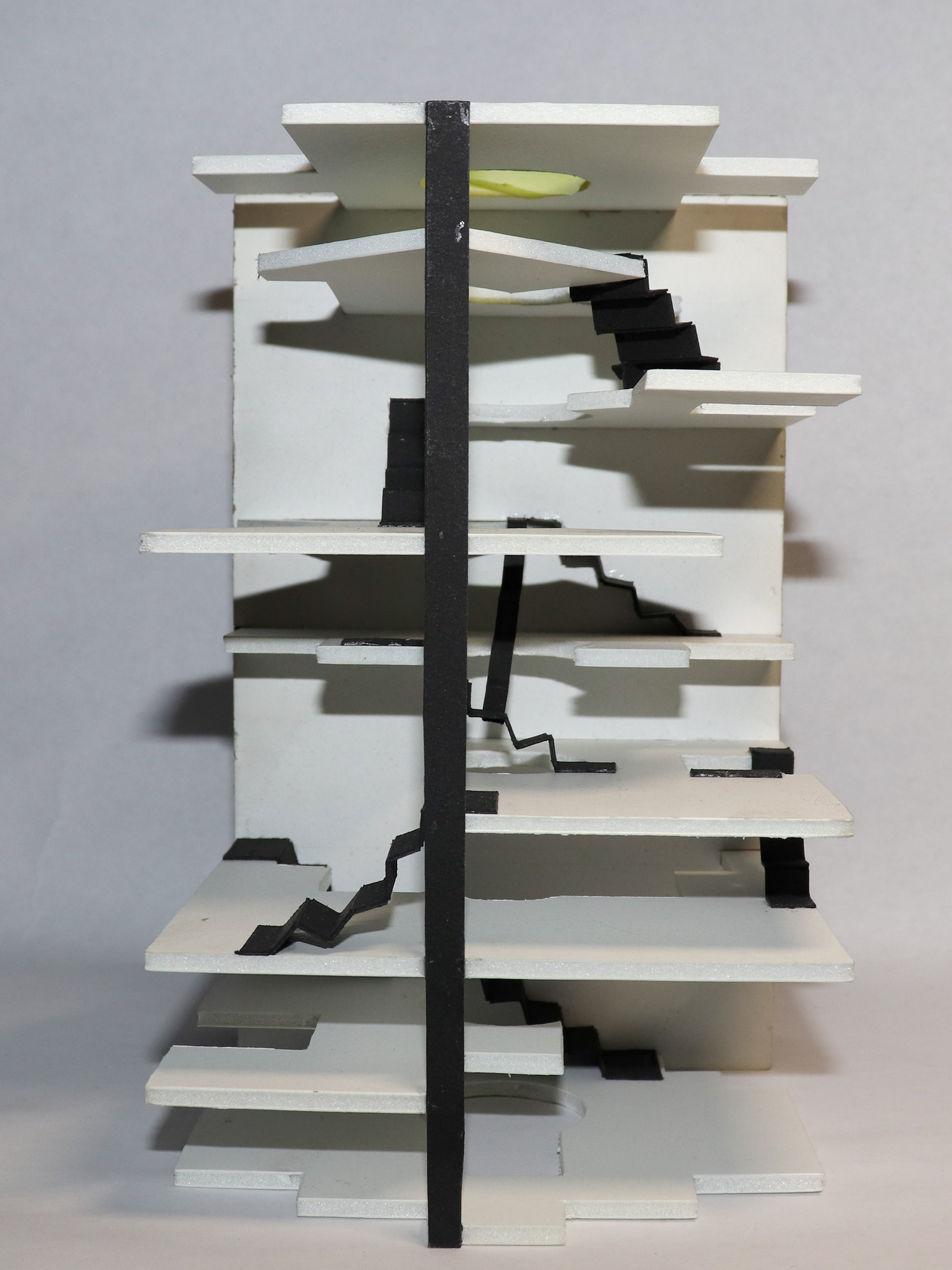
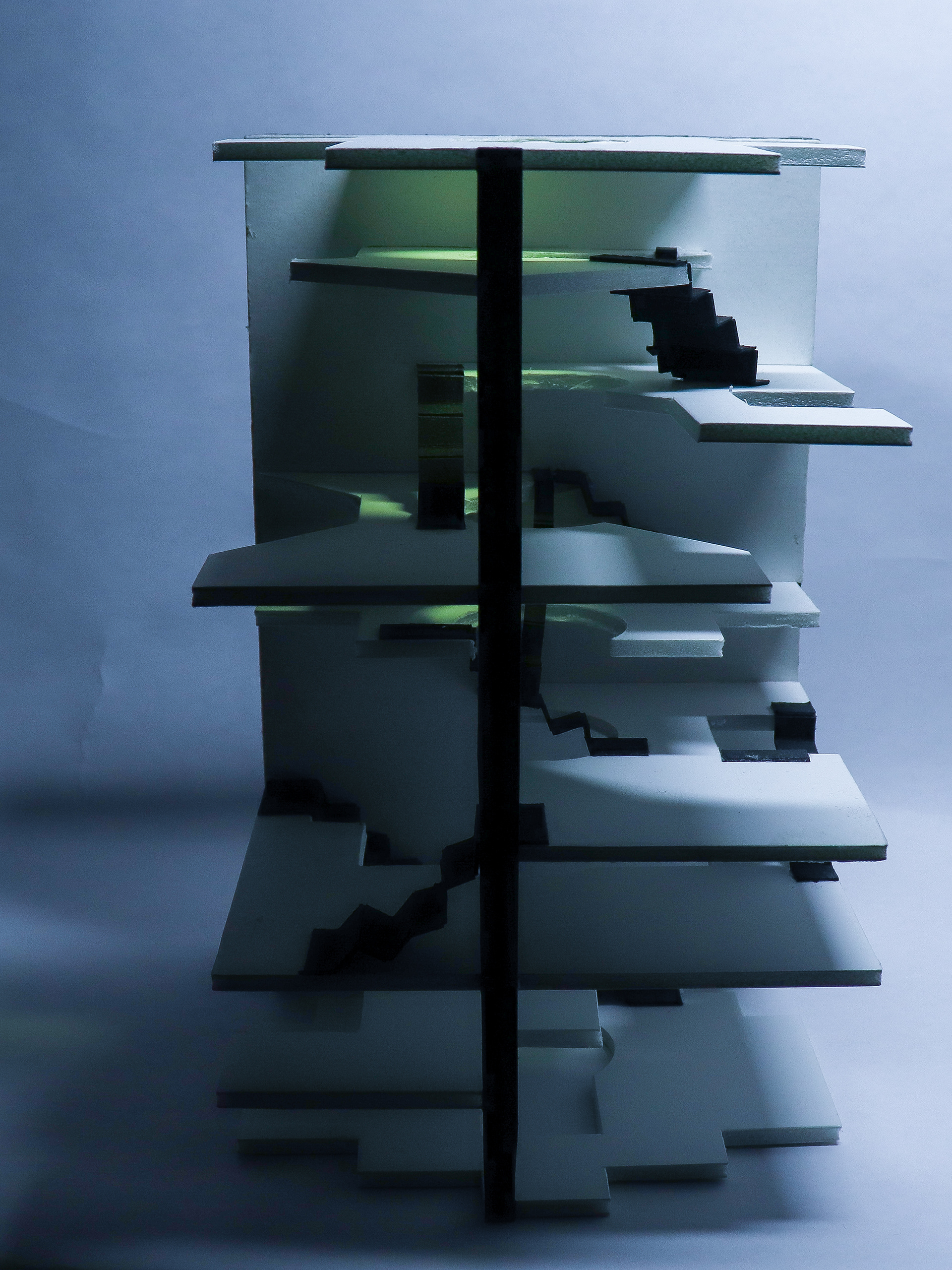

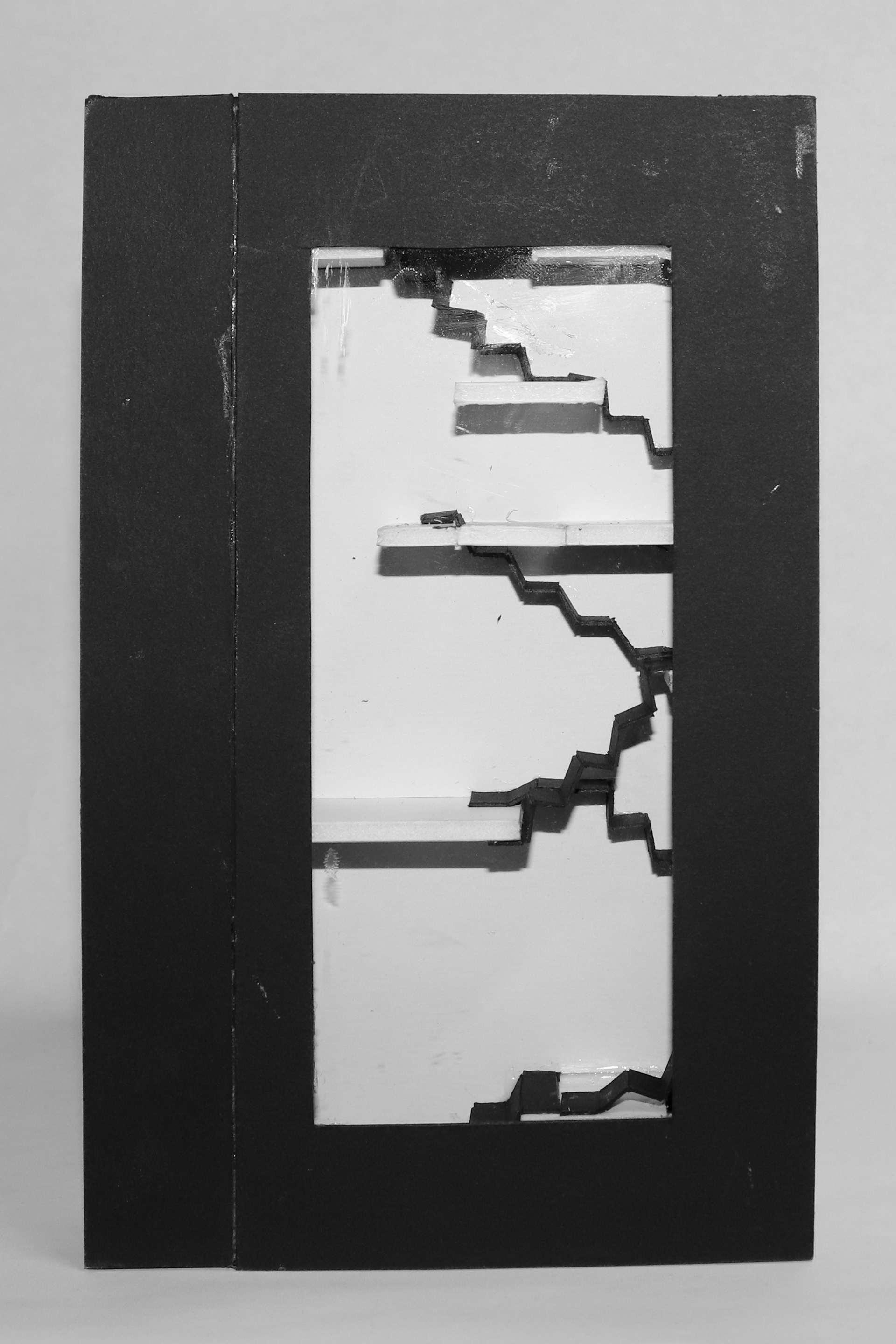
Part 2: Analyzing 23 Beekman
Paul Rudolph’s buildings are abstract artwork. It can difficult to examine and nearly impossible to experience his building through his drawings. It is not enough to just look at his drawing and understand the mental process of creating Beekman’s plan. A constructed perspective is the closest way to realistically represent a moment of his building and the closest thing to how he drew his section perspectives drawing
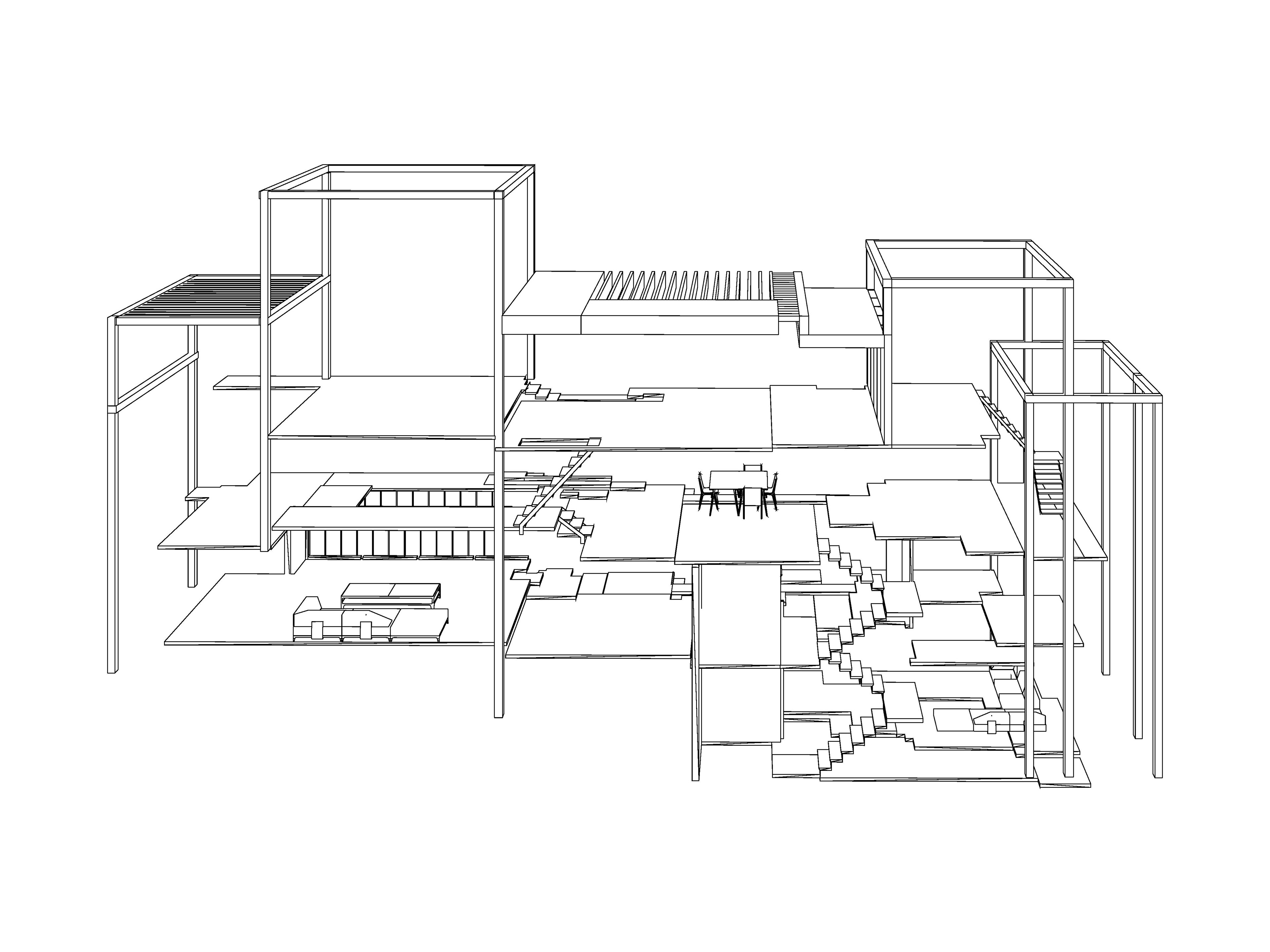
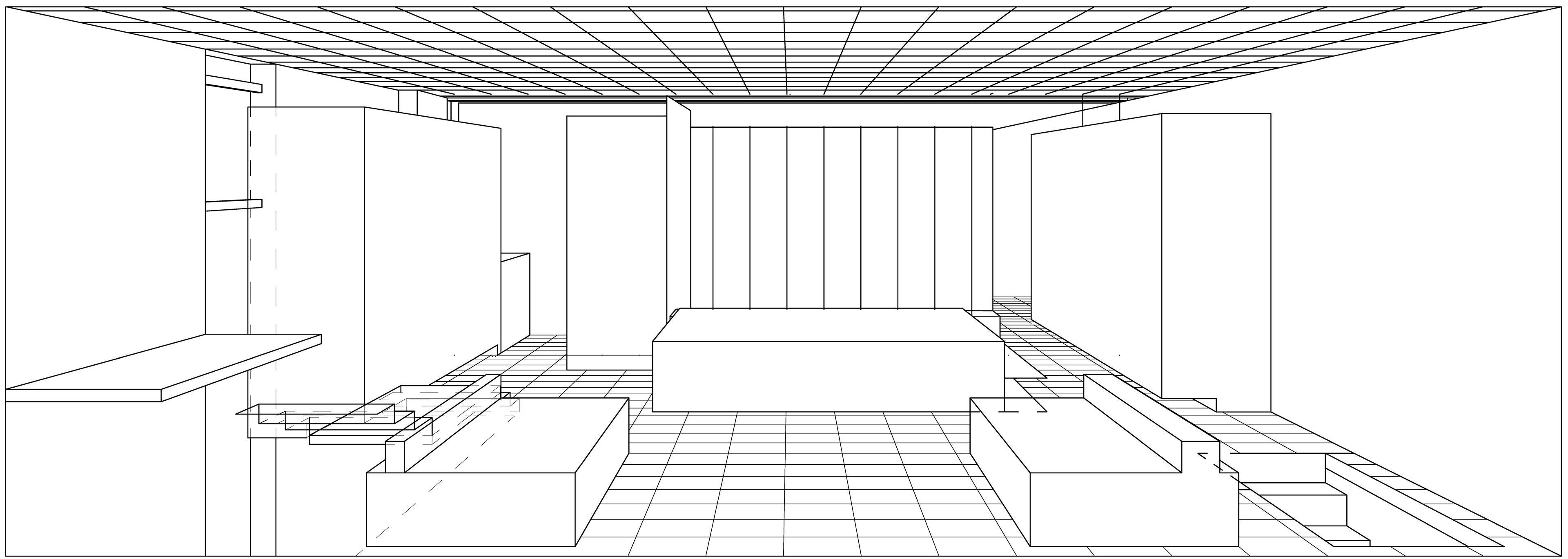
Using two different drawings of the same building, we tried to figure out what made it different. We found that the
placement of the levels creates subtle changes. The older version’s level/platform is receded from the window creating a bridge, whereas the built version is up close, and extends out onto the balcony.
placement of the levels creates subtle changes. The older version’s level/platform is receded from the window creating a bridge, whereas the built version is up close, and extends out onto the balcony.
Architecture Studio 4
Professor John Cunningham
Fall 2020 - Online/Virtual/Zoom
Project Partner:
Christine Jurado
